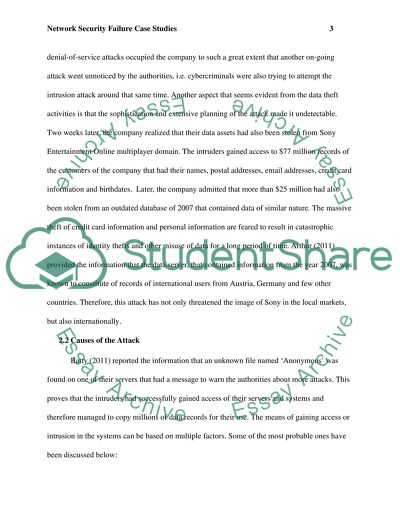Cite this document
(“Computer Security, 2 actual examples of where Security has failed Research Paper”, n.d.)
Retrieved from https://studentshare.org/family-consumer-science/1420946-computer-security
Retrieved from https://studentshare.org/family-consumer-science/1420946-computer-security
(Computer Security, 2 Actual Examples of Where Security Has Failed Research Paper)
https://studentshare.org/family-consumer-science/1420946-computer-security.
https://studentshare.org/family-consumer-science/1420946-computer-security.
“Computer Security, 2 Actual Examples of Where Security Has Failed Research Paper”, n.d. https://studentshare.org/family-consumer-science/1420946-computer-security.


